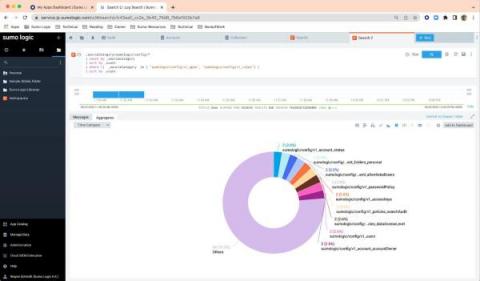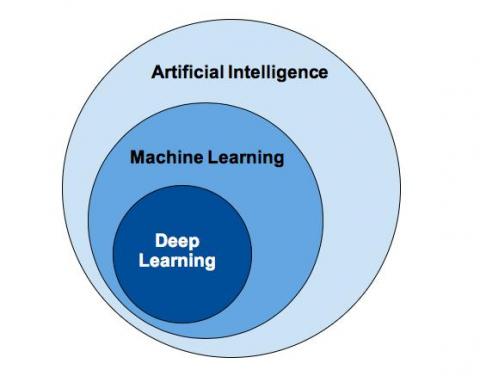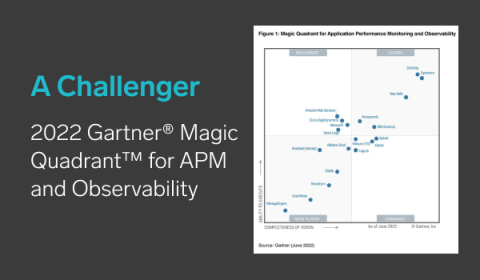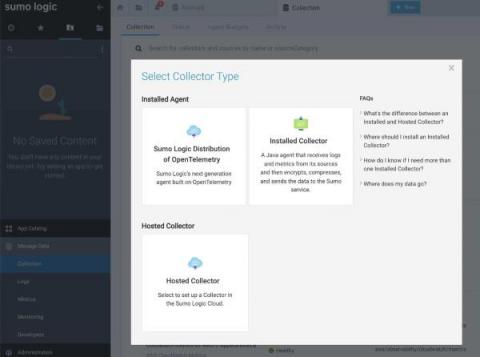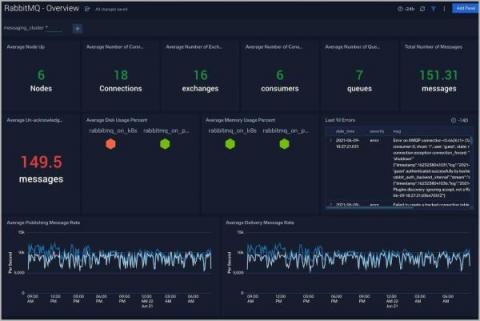Learn how application monitoring helps lay the foundation for operational success
This blog is about how to communicate changes in your application monitoring process as your operations, environments and services evolve. Approaching your operations with a “monitoring as code” mindset - which means automating as much of the entire observability lifecycle, including automated diagnosis, alerting and incident management, and even automated remediation - is foundational to the success of your operational technology.


